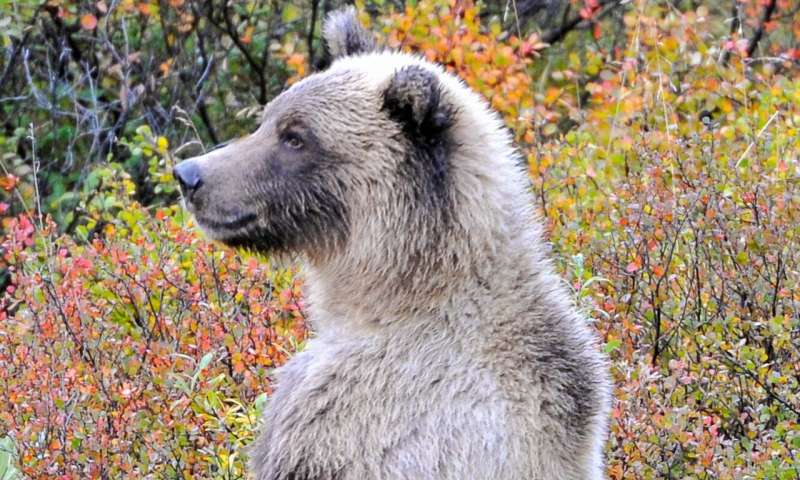Large carnivore management in Alaska should be based on rigorous science and monitoring of the status and trends of carnivore populations, according to a Perspective article published January 15 in the open-access journal PLOS Biology by William Ripple of Oregon State University, and colleagues.
Most government wildlife management policies around the world now recognize that apex predators have intrinsic value and provide vitally important ecosystem services. In most of Alaska hunting regulations are designed to reduce the abundance of gray wolves and brown and black bears in the hope this will increase human harvests of moose, caribou and deer. The state-wide management priority of wild ungulates over large carnivores was mandated in Alaska’s 1994 Intensive Management Law. The Alaska Intensive Management efforts are not only outdated, Ripple and colleagues argue, but also implemented without effective monitoring programs to scientifically evaluate impacts on predator populations and ecosystems.
According to the authors, science-based management of large carnivores will require the repeal of Alaska’s Intensive Management Law and/or the adoption of management programs that adequately monitor both carnivores and ungulates. Moreover, appointments by the governor to the Alaska Board of Game, which sets hunting regulations, should include members who recognize large carnivores’ importance to ecosystem function, the state’s economy and wildlife viewing enthusiasts.
Information campaigns and other grassroots efforts by concerned citizens and nongovernmental organizations are likely needed to remedy current unsound management practices for large carnivores in Alaska. “Enlightened scientific management at the scale of ecosystems is needed to put Alaska back on the path to avoiding past errors in predator management,” Ripple says.



